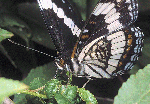
Utah Lepidopterists' Society
Founded 6 Nov 1976
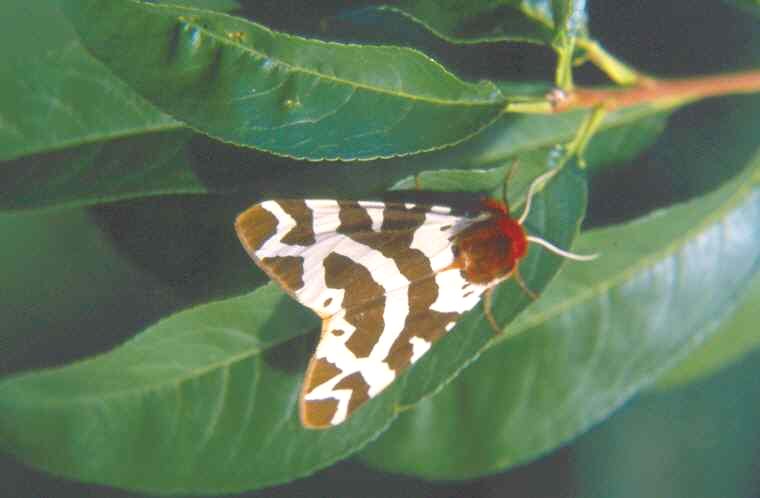
|
|
Utah Lepidopterists' Society Founded 6 Nov 1976 |
|
| History | Mission | Meetings | Bulletin | Checklists | Links | Community | Field Trips | Habitat | Members | Kids | Contact Us |
Limenitis astyanax arizonensis
Arizona Purple
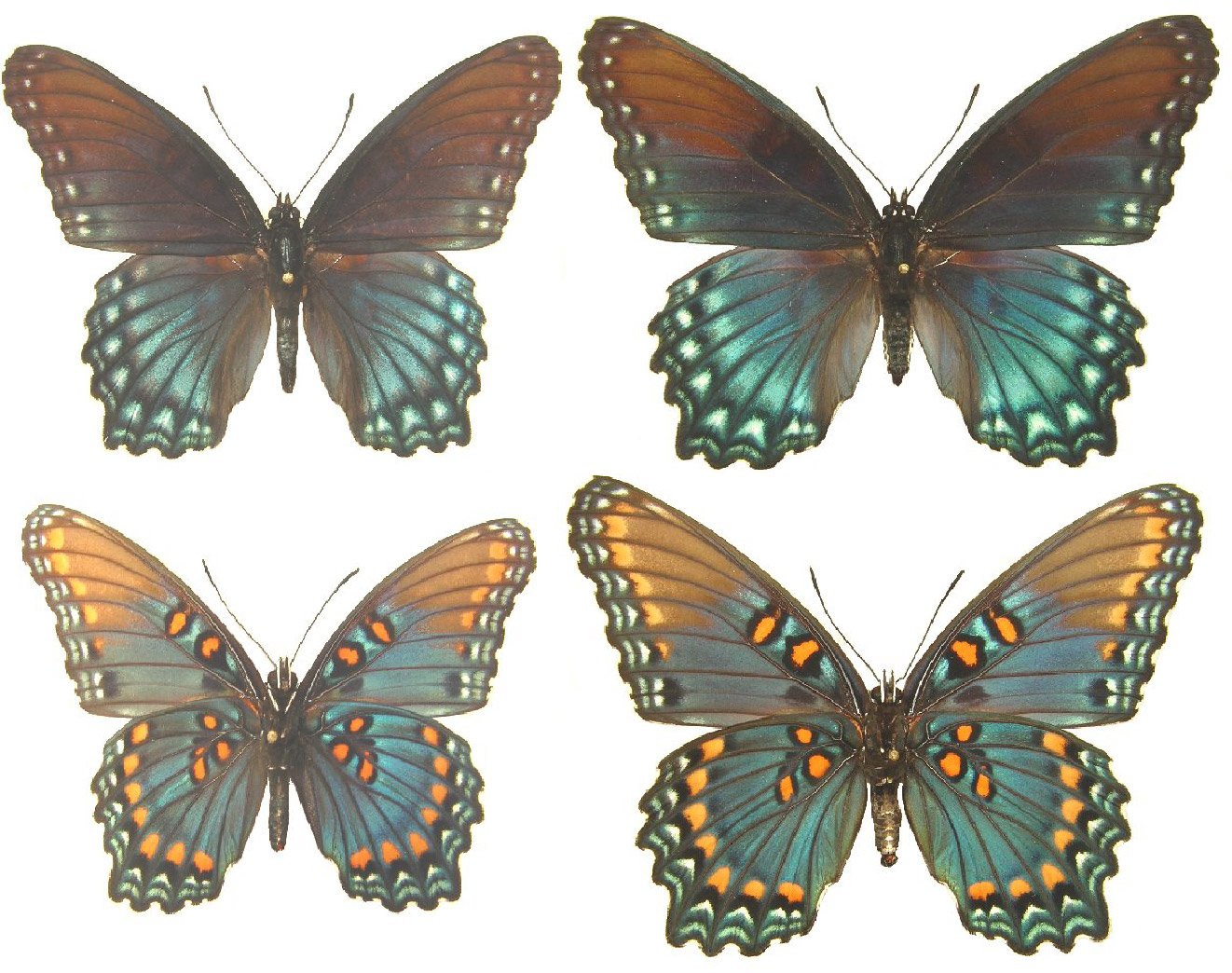 |
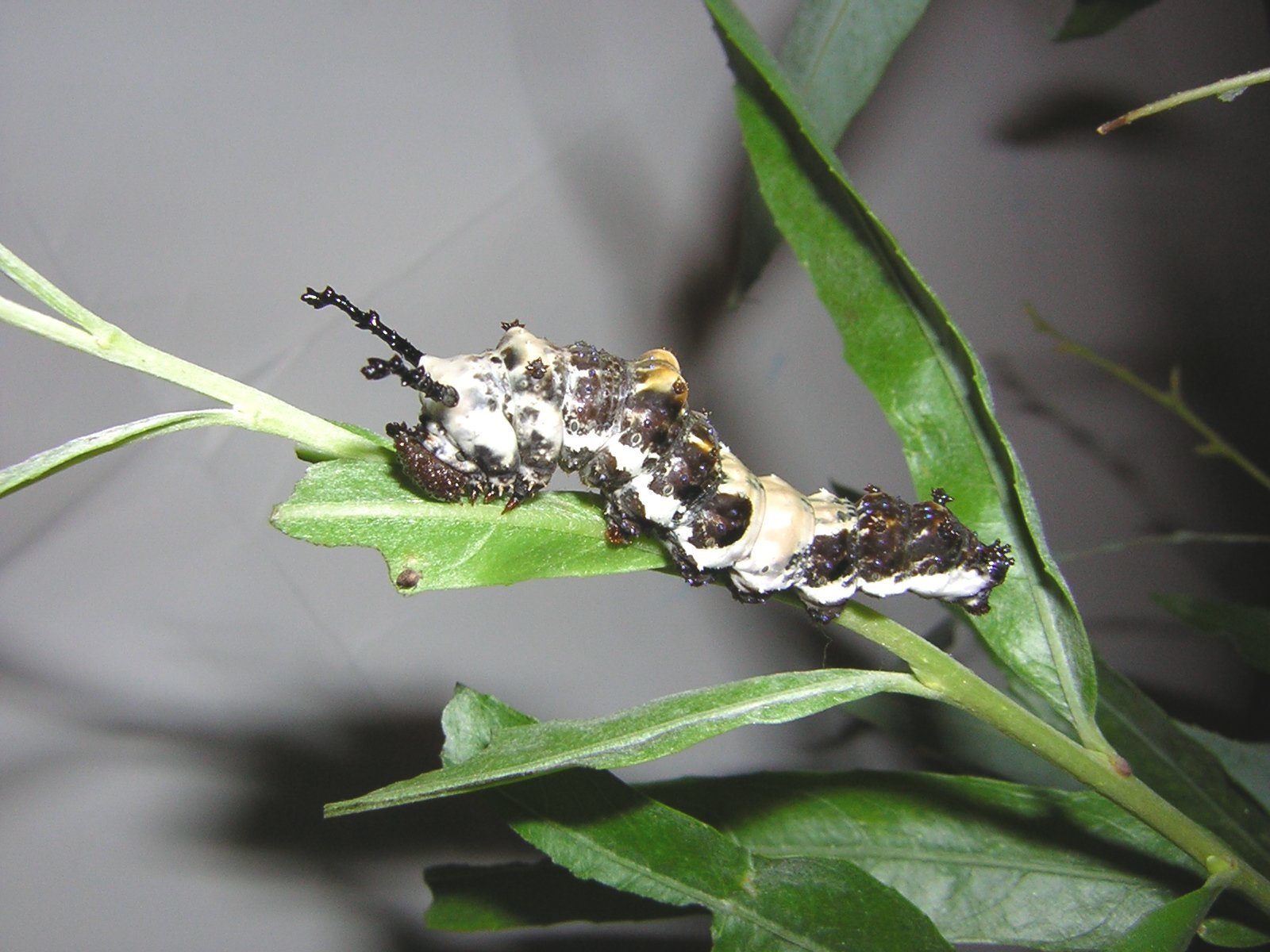 |
| Adults (click on image for larger picture) | Last instar Larva |
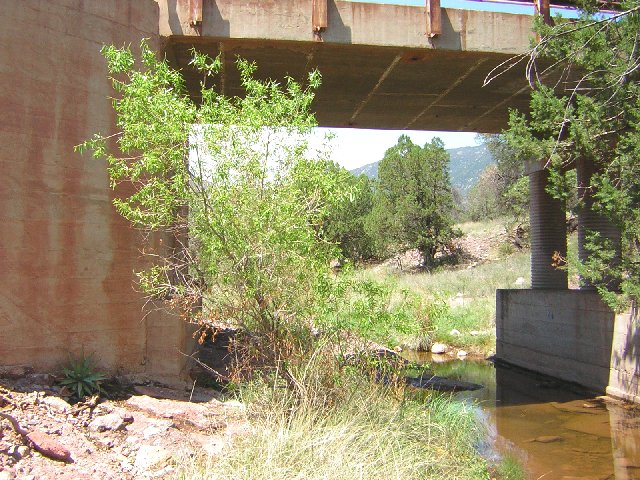 |
|
| Adult male nectaring | Example of habitat with hostplant--Salix spp. |
General:
The type locality of Limenitis astyanax arizonensis is the vicinity of Tucson, AZ; Edwards, 1872. Many authors place arizonensis as conspecific with the White Admiral, L. arthemis. However, it is the opinion of this author that L. astyanax is not conspecific with L. arthemis in spite of the large hybridization zone between the two taxa in the Eastern U.S. Evidence shows that any contact zone between any North American species of the subgenus Basilarchia shows differing degrees of interbreeding; including with L. archippus. Boyd, Boyd, Austin, and Murphy also demonstrated that L. lorquini and L. weidemeyeri are not conspecific in the Western U.S.; in spite of discovering additional hybrid zone populations in NW Nevada. (See Holarctic Lepidoptera 6:2, pp. 37-74.)
The Utah state record for Limenitis astyanax arizonensis is 30 Jul 2004, Big Spring at Virgin River Narrows, Zion National Park, Washington County. The state record was discovered and reported by Ranger Steve Mueller in The News of the Lepidopterists' Society 47:3, p. 95. He reports, "The butterfly was observed for several minutes flying among the trees at Big Spring. It approached a Weidemeyer's Admiral and appeared to unsuccessfully court it."
Before that time, L. a. arizonensis was only listed as hypothetical for Utah. It was theorized that this butterfly might penetrate Utah by way of intrusions up the Virgin River from established colonies in Northern Arizona. This prediction apparently came true.
Utah Distribution and Habitat:
Established colonies of arizonensis have not yet been confirmed for the state; however, Ranger Steve did report that adequate habitat and hostplant (Salix spp.) were available at the locality of the state record in the narrows at Zion National Park.
Bionomics:
The Arizona purple uses a variety of species of willow, cottonwood, and choke cherry. The life history of the species is well documented as females oviposit on the tips of leaves of medium sized trees as well as on short, isolated seedlings. The first instar larva hatches roughly five days after oviposition [lab conditions] and starts constructing a perch by eating away at the leaf tip; excepting the vein. It then extends the vein with silk and dung pellets creating a somewhat conspicuous and unique nest. For some reason young instar larvae also construct and mobilize along the base of the perch a small spherical heap of leaf debris and dung pellets. (See photo below.)
Hibernation is as larva. Unlike first instar larvae, freshly moulted second instar larvae show a visible saddle which contains a photo receptor that monitors day length in order to assess whether or not they will hibernate at third instar or continue to adult. If photoperiod is less than a given threshold, larvae begin preparing for diapause. This is initially evidenced by third instar larvae as they move away from their perch at the end of the leaf and begin silking the stem of the leaf to the branch; insuring that it does not fall during the winter months. These diapausing third instar larvae then chew away the non-essential portions of the leaf; leaving behind a template for constructing a rolled leaf hibernaculum. The larva then attaches the edges of the leaves together with silk essentially creating a tube with an entrance and a walkway.
Upon completion, the third instar larva will still leave the hibernaculum a few times in order to feed before settling in and hibernating for the winter. The hibernaculum is constructed and silked in such a way as to create a snug fit for hibernation; which is necessary as Basilarchia diapausing larvae can desiccate under arid conditions.
In the early spring, once the hostplant starts budding, the hibernating larva is triggered to break diapause and start feeding again. It usually takes between two to four weeks to complete feeding before it pupates. (Second row of photos depict a third instar larva and a hibernaculum of L. archippus lahontani and L. lorquini burrisoni, respectively.)
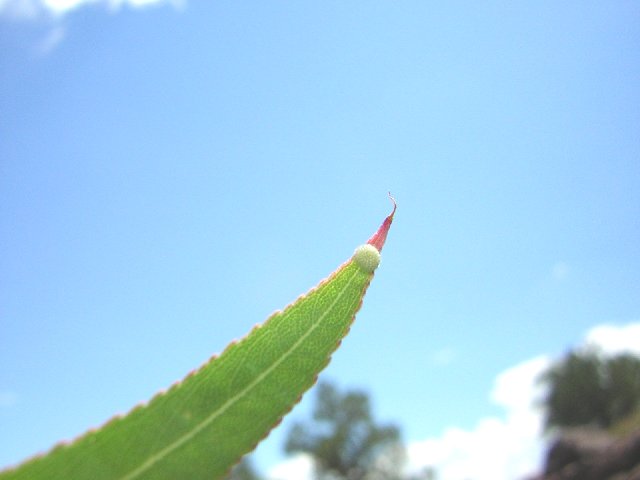 |
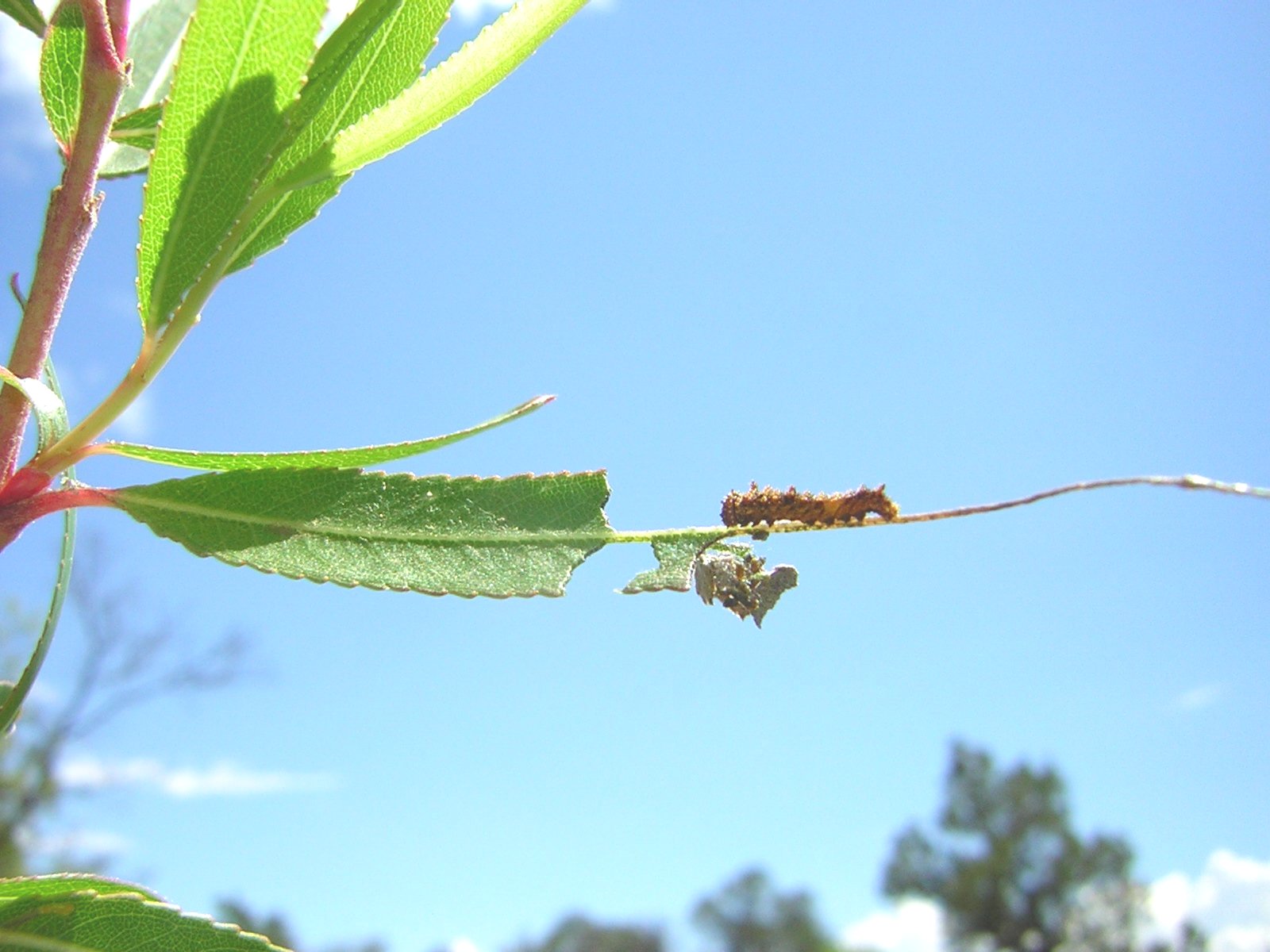 |
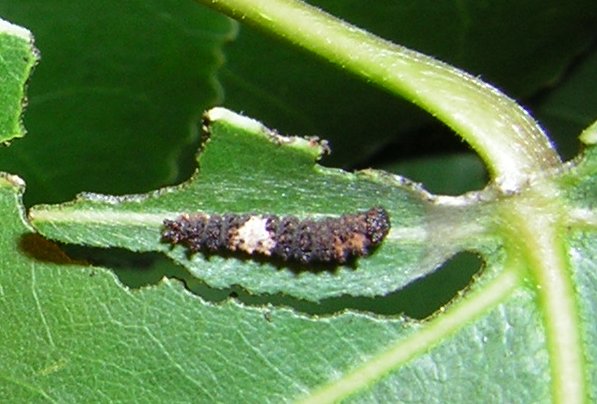 |
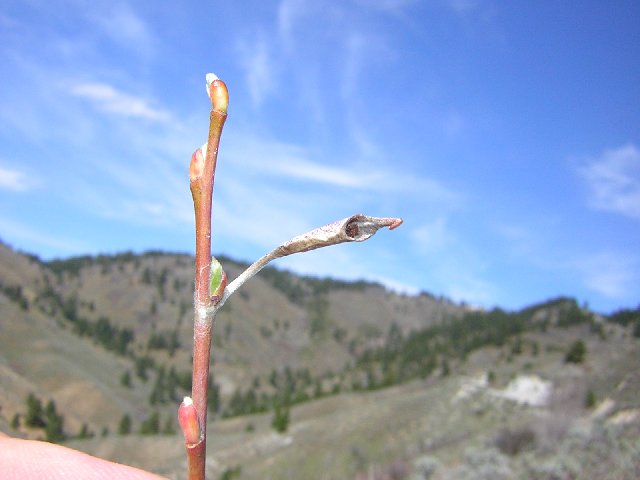 |
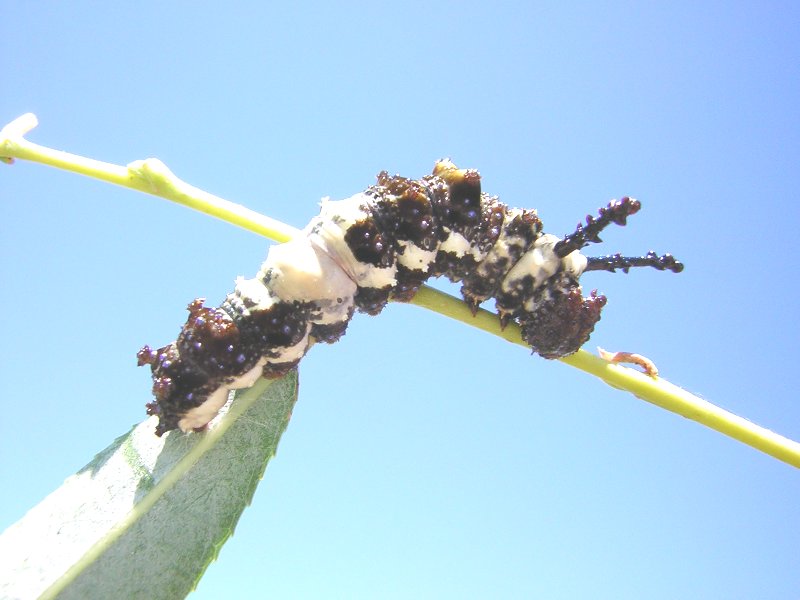 |
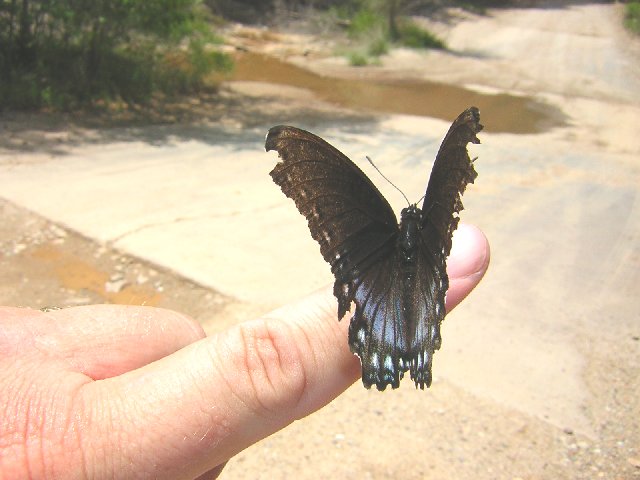 |
Limenitis weidemeyeri on the ULS Info Bar courtesy Jay Cossey